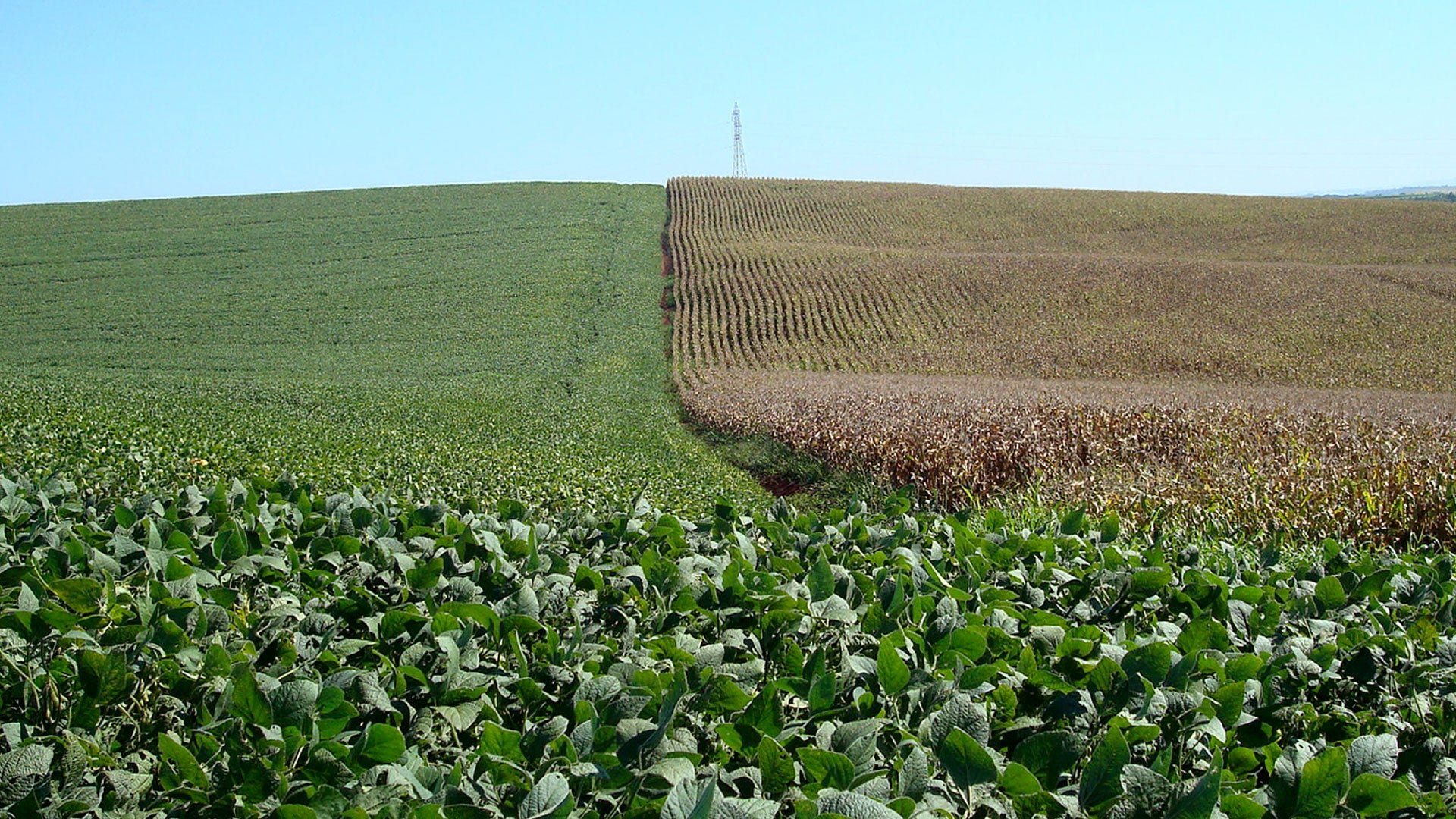A hotter and drier climate is set to hurt agriculture in the West and help farmers in Asia
Scientists have found that climate change will strain the global food supply as drought and heat waves collide more often in the future. That concerning finding comes from a new study published in Nature Food that analyzed historical data to project how drier heat waves will affect corn and soy fields around the world.


Scientists have found that climate change will strain the global food supply as drought and heat waves collide more often in the future. That concerning finding comes from a new study published in Nature Food that analyzed historical data to project how drier heat waves will affect corn and soy fields around the world.
Corn and soybean yields may fall 5% globally between 2050 and 2100 because of the combination of a drier and hotter climate. That’s on top of losses due to hotter temperatures alone. The figures were determined by analyzing historical patterns in agriculture and weather along with a suite of climate model projections.
Yield is the portion of a crop that can be harvested and sold.
How corn and soy yields will be affected by climate change around the world
According to the study, North America, Europe, and Africa will experience the harsher effects brought on from the combination of drought and heat.
Adapting to climate change with sustainable farming practices
It’s going to be harder to irrigate farms in the future. Water will be more scarce and evaporate more quickly. Drier heat waves “put pressure on surface water resources, and could also slow the recharge of aquifers that farmers depend on for irrigation in many places,” said Lesk. “This all adds to the challenge of adaptation.”
Conserving and improving soil conditions will be important for crops to grow well in drier climates. Farmers will need to adapt to ensure their soil retains water, carbon, nutrients, and microbes. That includes minimizing tilling, continuously covering soils with plants or mulches to prevent erosion, and crop diversification.
Growing different types of crops in the same field can keep soil conditions stable and farmers on a better economic footing. If one type of crop fails the loss will be less than the entire farm failing. “It doesn’t necessarily always need to be conventional crops,” said Fenton Beed, an administrator at the Food and Agriculture Organization of the United Nations.
But if farmers want to stick to corn and soybeans, they can still diversify within those types of crops. “There are options of different crop varieties and combinations that may be better adapted to the local, changing conditions,” said Beed.
Breeders are trying to develop crop varieties that can survive in the new combination of stresses brought by climate change. For mass-grown crops like soy and corn, there are only a few suppliers who dominate the market. Consolidation in the industry further provokes the worry that there is not enough competition in the market to drive the innovation needed to confront the changing climate.
This story was produced through a collaboration with Climate Central, a non-advocacy science and news group.